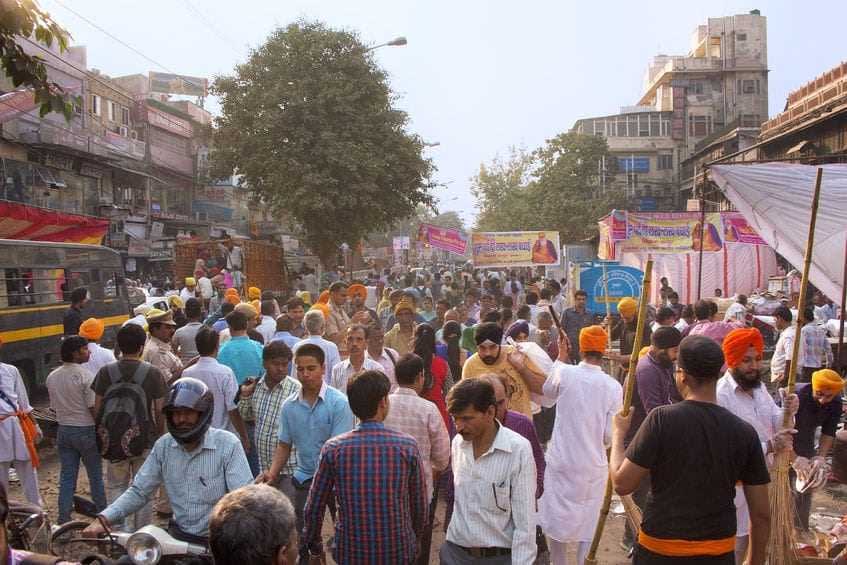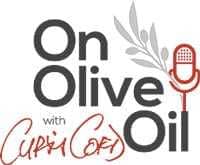India's Changing Views On Olive Oil
Rajneesh Bhasin, president of the Indian Olive Association, notes a growing interest in olive oil among Indians due to its health benefits and a shift towards Mediterranean cooking styles, with companies like Borges, Cargill, and Del Monte entering the Indian market. Bhasin also discusses the need for consumer education, potential for market growth, adherence to quality standards, and the possibility of India producing its own olive oil in the future.
Rajneesh Bhasin, the president of the Indian Olive Association and managing director of Borges India, said there is a growing interest among his country’s 1.25 billion people in the health benefits of olive oil and a trend away from the high-heat techniques that characterize traditional Indian cooking.
As young professionals travel abroad and return as “agents for change” to a more Mediterranean cooking style, products like Borges’ extra virgin and refined olive oils are finding their way into more Indian households.
Indians, who lead the world in rates of cardiovascular disease and diabetes, have every reason to consider bringing olive oil into their diets, yet per capita consumption stands at less than a teaspoon per year.
The opportunity has not escaped some of the largest food companies. Cargill and Del Monte have joined Borges and others in what is seen as an early round in one of the world’s most promising markets for olive oil.
Bhasin spoke with Olive Oil Times publisher Curtis Cord recently for a segment of Cord’s On Olive Oil podcast.
On modern Indian life and its impact on health
We start work early in the morning at 7, 8, and by the time we get back home, it’s 7, 8 in the evening, so most of us live a fairly sedentary lifestyle, spending most of the days staring at a laptop or at a computer, and there is very little time for physical exercise. That’s where a lot of these health concerns are growing, and they are coming in fairly young, so a lot of people in their early 30’s, late 30’s, early 40’s are beginning to get these problems because of the lifestyle that we are living in.
On determining the needs of the market and consumer education
We understood what the need is, and based on the demand for olive oil for Indian cooking, we launched an extra-light olive oil which was predominantly refined and a little bit of extra virgin in it. We started advertising that product and telling consumers that, “Look, here’s the product, here’s an olive oil which is good for Indian cooking.” That’s where the culture began catching up really fast.
On the changing cooking habits of Indian households
People are beginning to cook differently. They have experienced olive oil and products like this because a lot of people today, because of the IT boom in India, a lot of people travel internationally. They come back as change agents and hence the change in character that is beginning to happen.
On the arrival of major players in the Indian olive oil market
There are a lot of serious players that are there in the market now. There is Cargill which owns the Leonardo brand now; that’s one very serious player in the market. Second is Del Monte, and yhere are quite a few others who are entering and seem to be serious about the market. think all these things are really good because once consumers experience the product, that’s when they will begin to get hooked onto the category, and that’s where there are huge opportunities for the category to grow in, meaning short-term and long.

Chandni Chowk street in New Delhi, India
On marketing olive pomace oil to Indians
In Borges, it’s not part of our strategy. We are very clear that we don’t believe fundamentally that we want to give consumers an opportunity to consume olive oil by getting them started with something like pomace because it’s, as you said, it’s chemically extracted, and might not be the best experience from a consumer standpoint for him or her to come back to this oil. Hence our strategy hovers around refined and extra virgin, and that’s the culture that we want to spread.
On the potential for market growth
As we speak, the category is just 12,000 tons, and India consumes at least 15 to 18 million tons of edible oil. There’s enough room to grow the category exponentially and I think if all of us start working on building the category, creating consumer awareness around olive oil and the health benefits, the category will grow many-fold in years to come.
On standards and enforcement
We are proud to say that, today the Indian standard are exactly in line with Codex, so I don’t think there are many gaps there. Our regulations are pretty strong, though a lot of small-time importers complain, but I think it’s a strength. Every consignment of oil gets sampled and tested in all the 11 parameters before the shipment gets cleared.All those products are fairly safe and pass the standards as they enter the country. There could be a question mark on some of the blends that are done in India, so I’m not commenting on that, but I think the entry gate has a strong check which ensures that suboptimal or poor quality products don’t enter the country.
On olive oil made in India
India, if in times to come, and I’m really hoping it happens within the next decade or so, if we have more than 15, 20,000 hectares of land cultivated across various states producing olive oil, I’m sure we’ll start producing, three, four, 5,000 tons of local olive oil which will help hedge the prices that we get in imports, and maybe will put some pressure on exporting countries to bring their prices down to be more competitive in the Indian market.

Listen to the complete interview on iTunes, Soundcloud or the On Olive Oil website.


